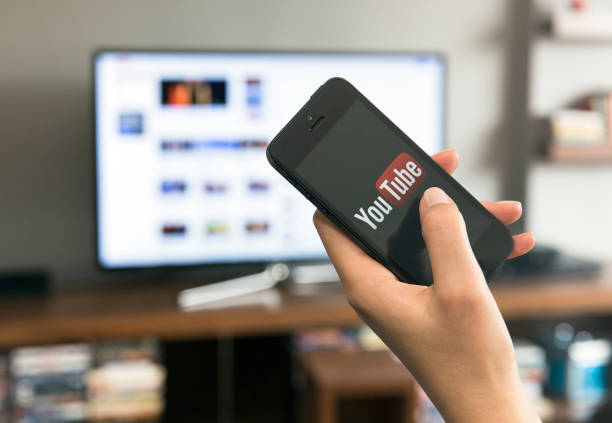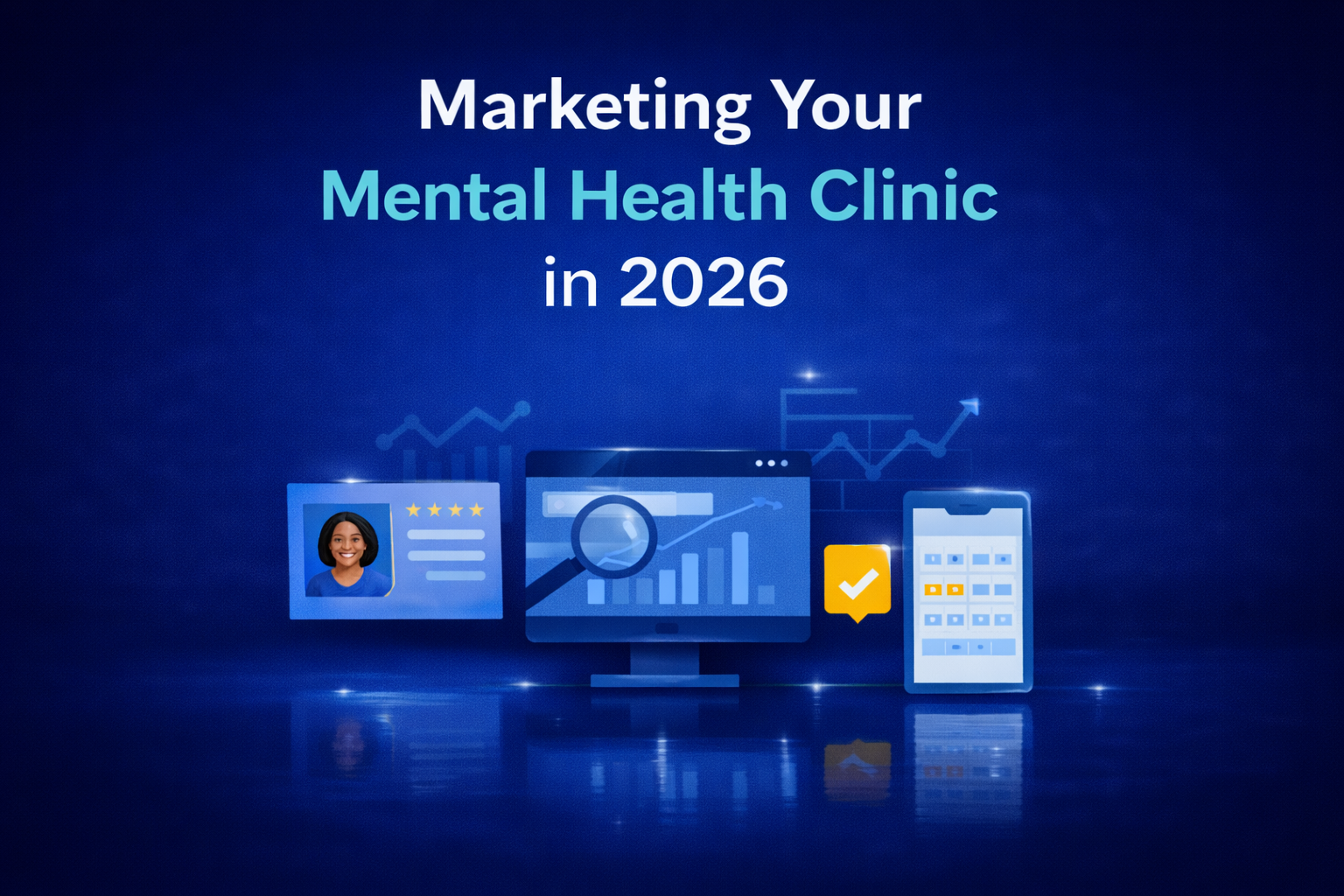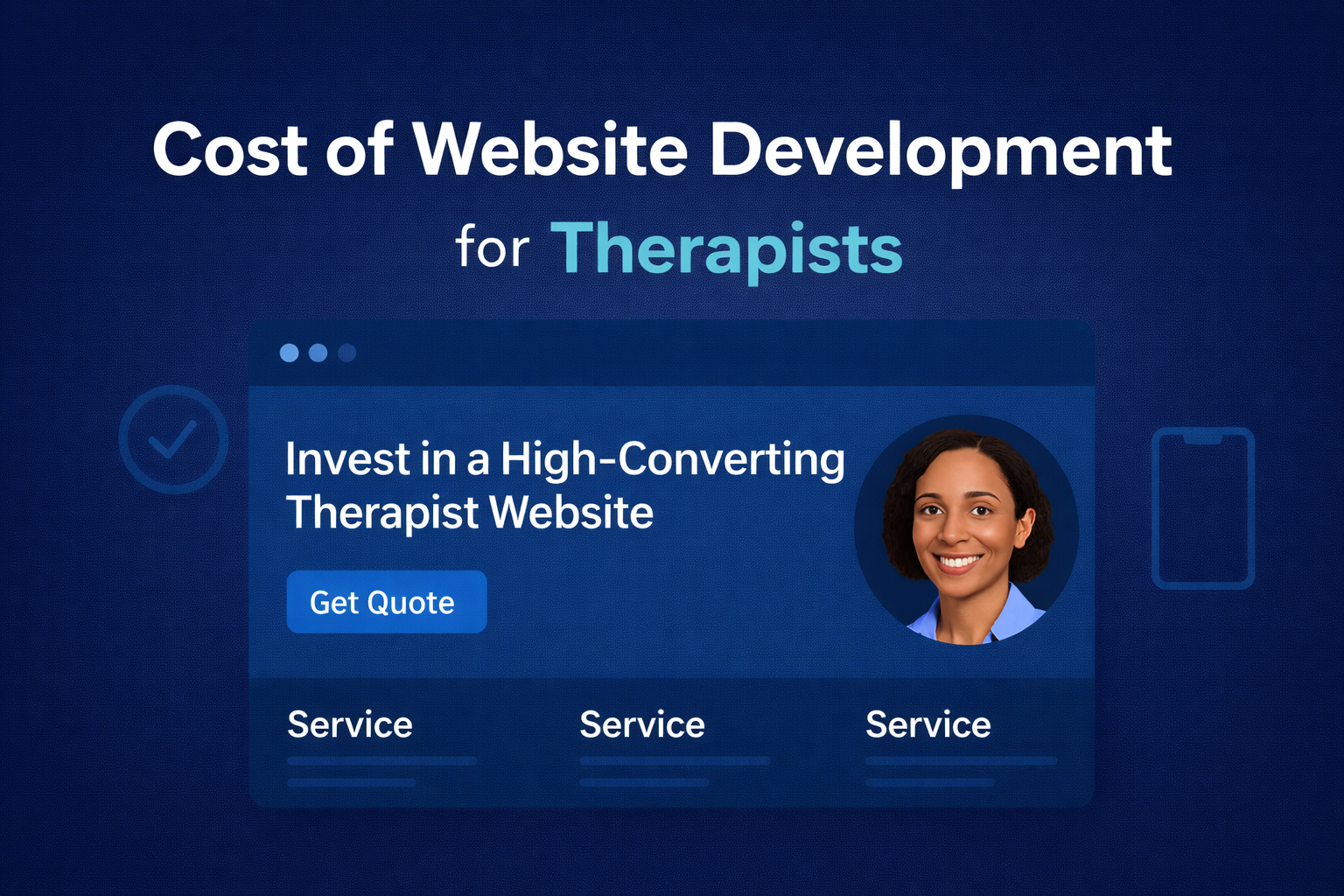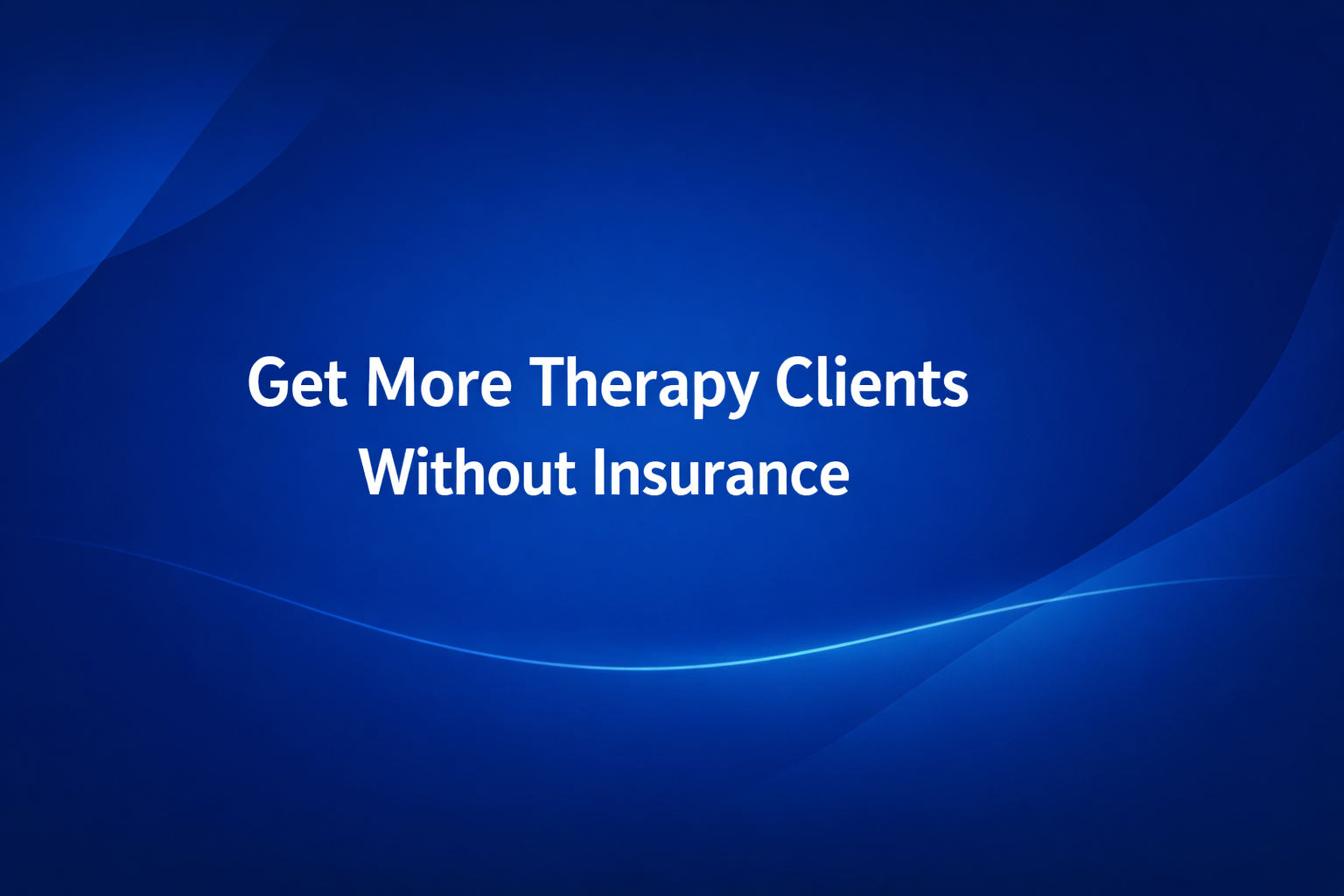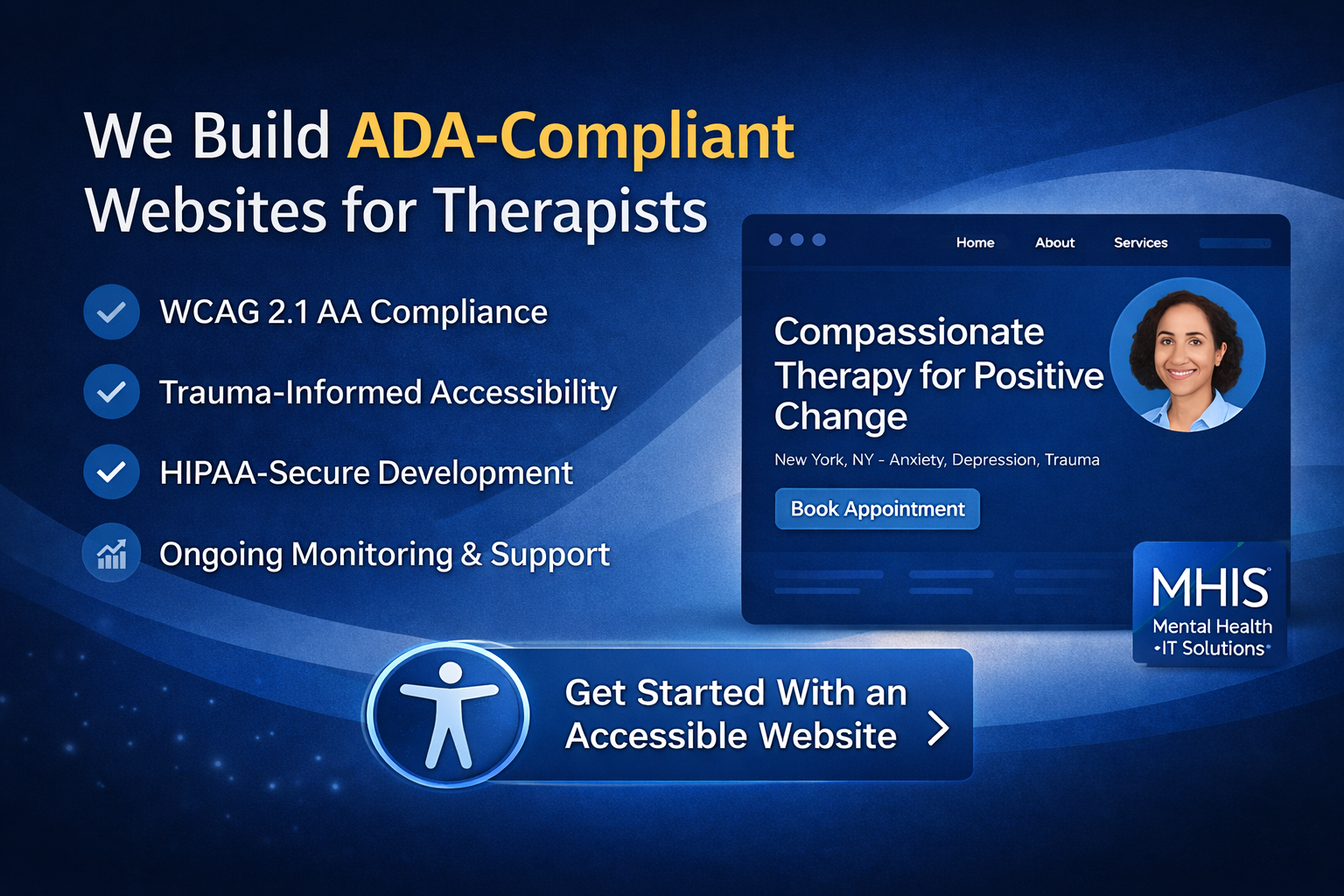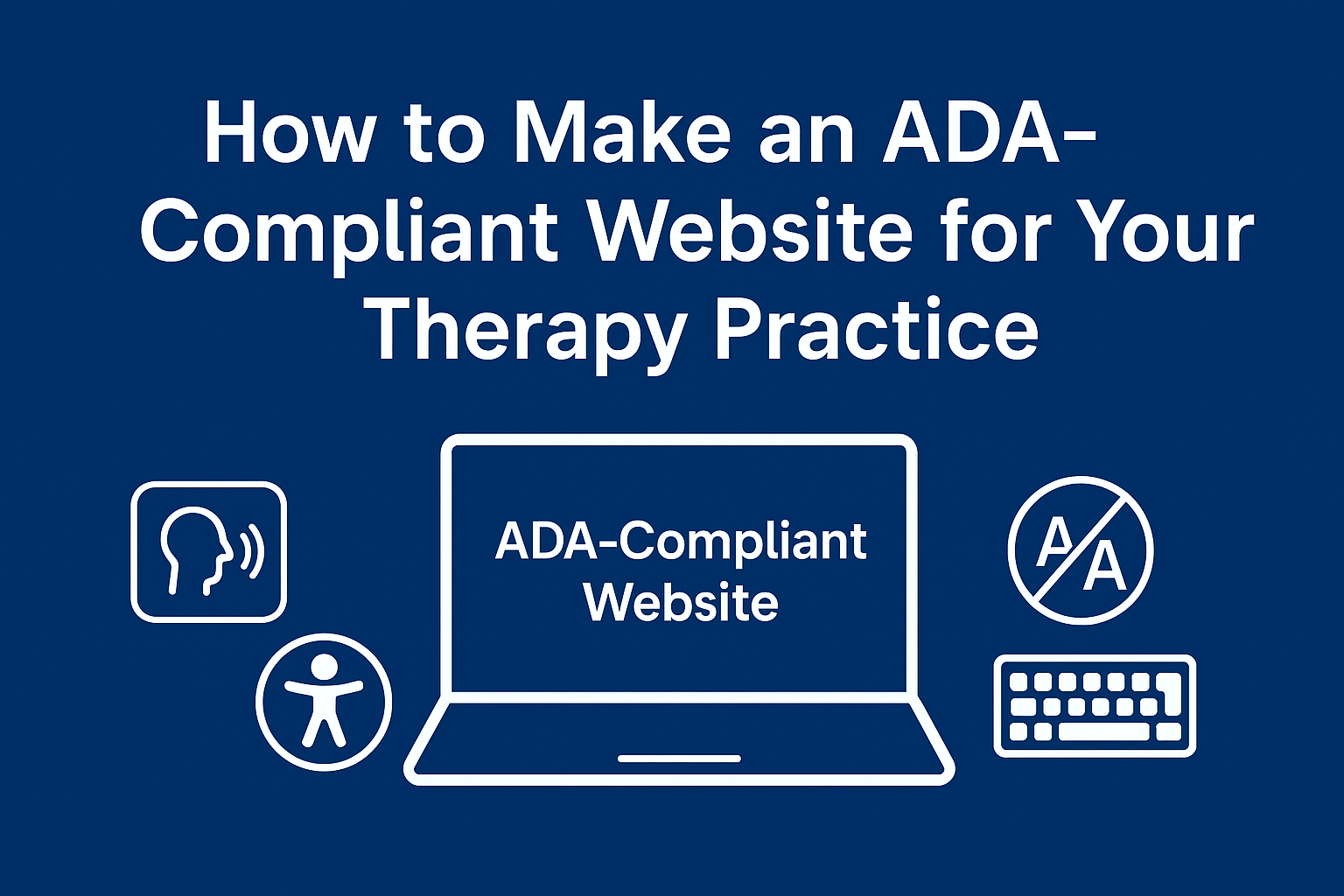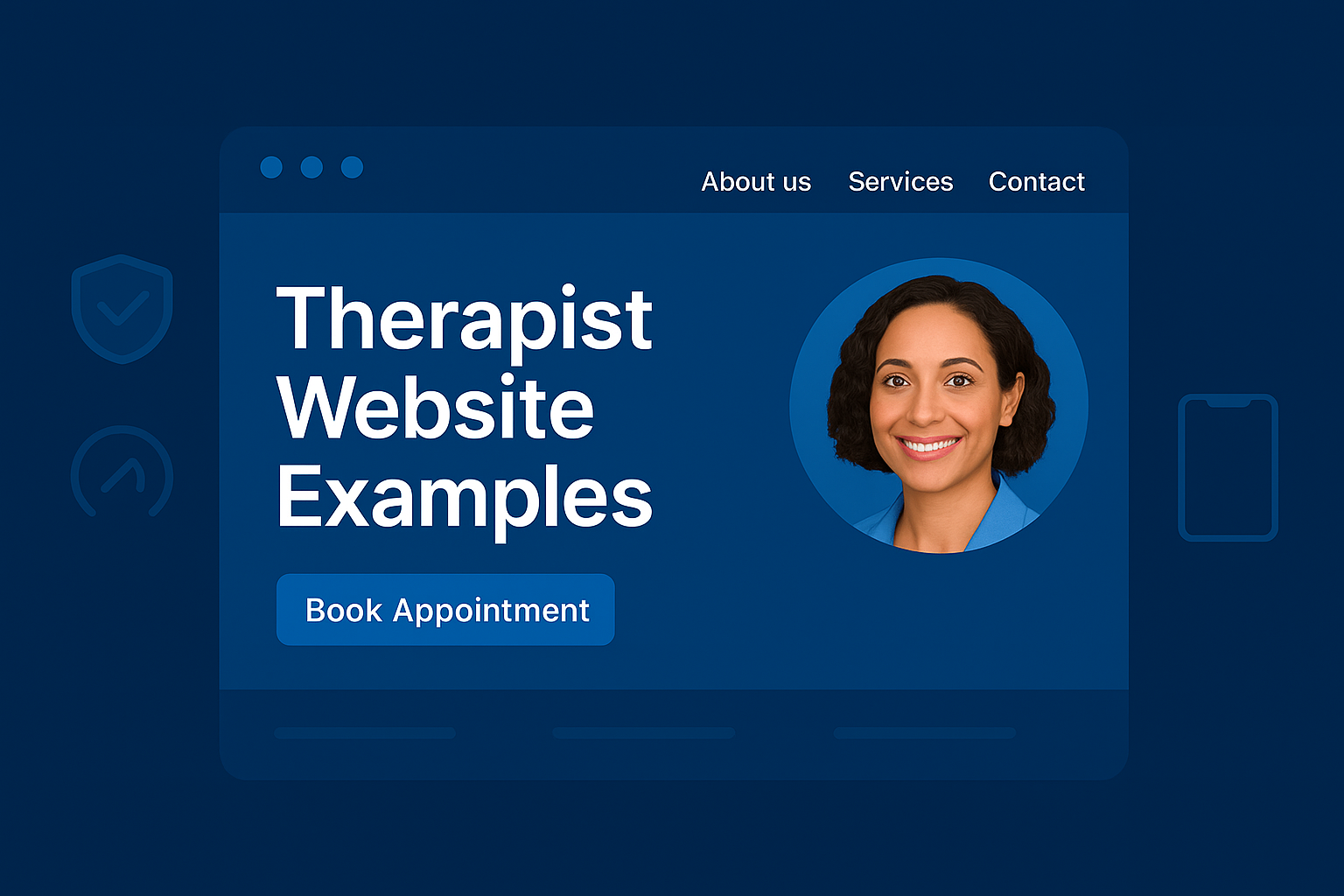You’ve probably heard it before:
“Video is the future of marketing.”
But for most therapists, YouTube feels intimidating or irrelevant:
- “What would I even post?”
- “Won’t that feel too promotional?”
- “I don’t want to go viral — I want more ideal clients.”
Here’s the truth:
YouTube is now directly tied to Google voice search rankings, and when used intentionally, it can help therapists grow authority, trust, and bookings — especially in private practice.
🤖 Why Therapists Can’t Ignore YouTube Anymore
Google owns YouTube. That means:
When someone asks:
“Hey Google, what does therapy for childhood trauma look like?”
“What’s the difference between EMDR and CBT?”
“Is therapy for burnout worth it?”
Google increasingly shows:
- YouTube videos first
- Even if they’re only 60 seconds long
- And especially if they come from professional providers
📌 How to Optimize Your Website for Mental Health Service Searches
📌 SEO for Therapists: Attract the Right Clients
🎯 Step 1: Create Voice Search–Friendly Video Titles
Skip clever titles like:
“Healing Your Inner Wounds – Session 3 Reflection”
Instead, use direct, searchable titles:
- “What Does Trauma Therapy Look Like?”
- “How EMDR Works for PTSD”
- “Therapist Explains Burnout in High-Performers”
These match exactly how people speak their searches into voice assistants.
Bonus: Add the word “therapist” in your title when possible. Example:
“Therapist Explains CBT for Panic Attacks”
🎥 Step 2: Start With Short, Trust-Building Content
You don’t need a 10-minute lecture.
Some of the best-performing therapy videos are just 60–90 seconds long, like:
- “How to Know if Therapy is Working”
- “What to Expect in Your First Online Session”
- “3 Signs You Might Be Burned Out”
Your audience wants clarity, not depth. Use short answers to build familiarity, then drive traffic to your website.
📌 Build Your Therapist Personal Brand
📌 Digital Marketing for Psychologists
🛠️ Step 3: Optimize Your YouTube Videos for SEO
For each video, make sure to:
✅ Use a keyword-rich title
✅ Write a 150–200 word video description (include specialties and location)
✅ Add tags like:
anxiety therapist,trauma therapy,therapy explained,online therapy,mental health counselor,CBT vs EMDR
✅ Include link to your website (top of description)
✅ Add subtitles and captions (YouTube auto-generates, but edit for clarity)
📌 Therapist Marketing Agency Services That Work
🔗 Step 4: Embed Video Strategically on Your Site
Don’t just let YouTube live alone.
Use your videos to:
- Enrich blog posts (embedded mid-article)
- Break up long service pages
- Enhance bios on therapist team pages
- Answer FAQs visually
This boosts on-page SEO, retention time, and conversion.
Example:
On a page about burnout therapy, embed:
“Therapist Explains 3 Signs You’re Experiencing Burnout”
📌 High-Converting Teletherapy Website
📌 Website Development for LMFTs
🔁 Step 5: Repurpose Video Content into Blogs, Reels & Emails
One 2-minute YouTube video can become:
- A blog post (with transcript)
- A reel for Instagram/LinkedIn
- An email to your list
- A visual in your Google Business Profile
This multiplies your visibility while keeping your message consistent.
📌 Content Marketing for Psychologists
📌 Email Marketing for Psychologists
📌 Pro Tip: Don’t Use a Script — Use a Question
Want to sound authentic and connect faster?
Record your videos by answering one real client question at a time.
Examples:
- “How long does therapy usually take?”
- “Is it normal to feel worse before feeling better in therapy?”
- “Can online therapy really be as effective?”
These answers get picked up by both voice search engines and actual clients watching.
✅ Final Word
You don’t need a YouTube channel with millions of views.
You need 5–10 strategic videos that answer questions your ideal clients are already asking.
In 2025, video content gives therapists a competitive edge in:
- Google visibility
- Client trust-building
- Higher conversion from passive browsers to booked sessions
At Mental Health IT Solutions, we help therapists not only launch SEO-friendly sites — but integrate video strategy that boosts rankings and drives real results.

